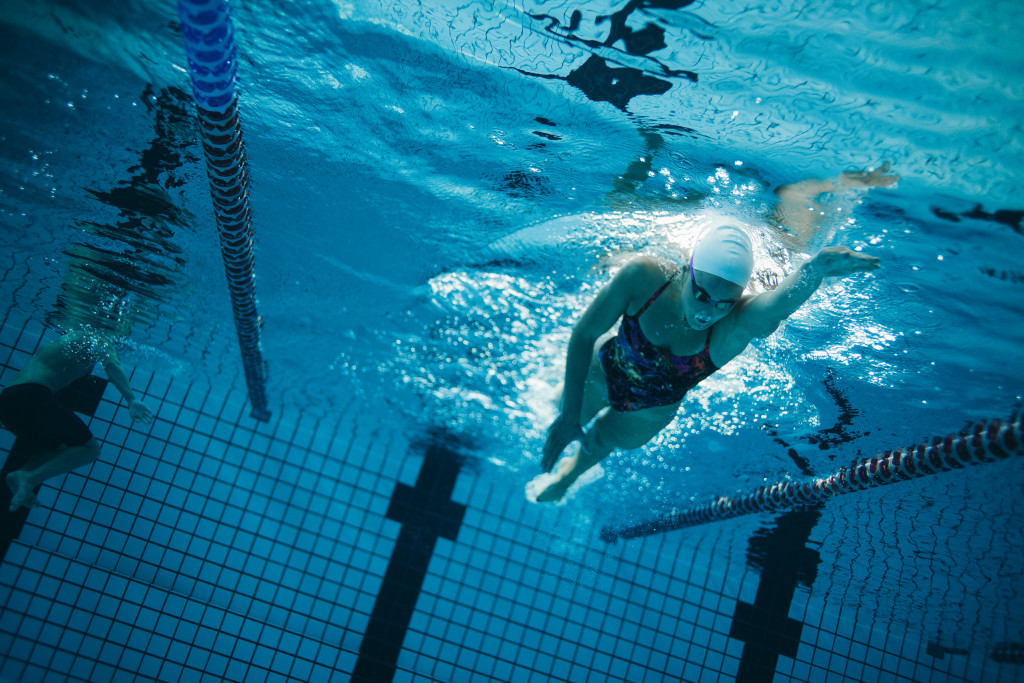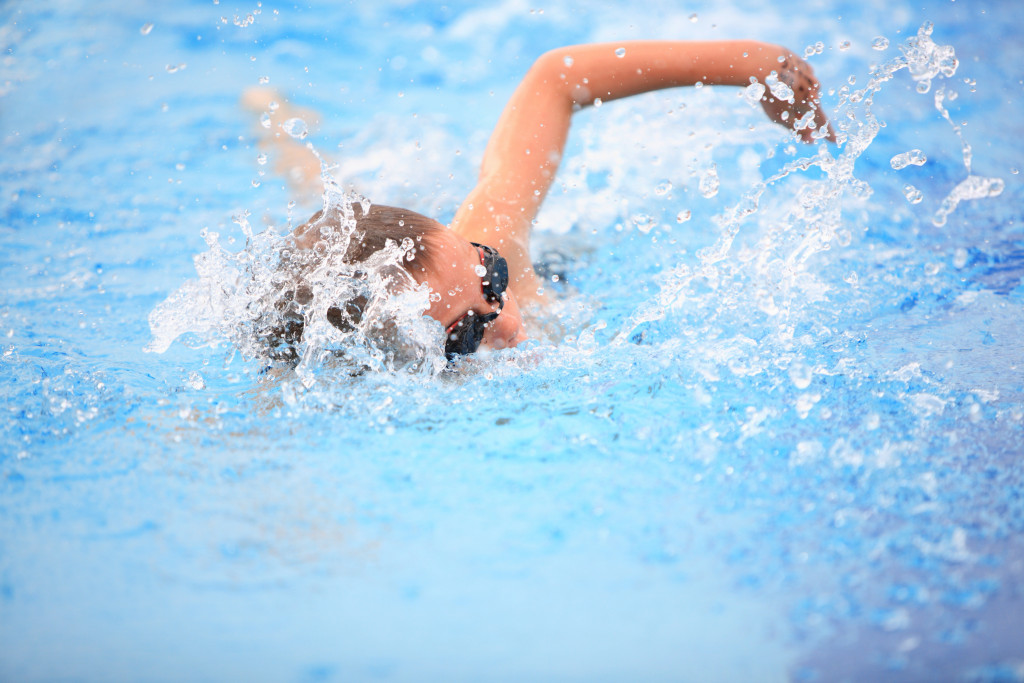Any swimmer, whether you swim recreationally or competitively, you’re an open water or pool swimmer, you can continue developing stamina to improve your swimming prowess. Your swimming speed will increase as well as your endurance. If you have a pool at home, it’s always best to prioritize safety, especially if you train daily while kids are running around the yard. You can check out a swimming pool fence for sale to avoid any accidental slips on the wet surfaces surrounding your pool.
Start Slow, But Remain Consistent
You can’t boost your way up to your swimming endurance. It’s something you slowly have to improve. Pushing oneself too aggressively, too rapidly, increases the danger of injury and burnout.
Prioritize your technique to get the most out of your time. You’ll do more efficient swimming and be able to swim faster while preserving more energy.
To improve your swimming technique, progressively increase the overall distance and intensity of your workouts. Consider taking a few days off in between when swimming regularly instead of rushing in. As long as you keep your pace constant, you’ll arrive where you’re headed and avoid any injuries. Improving swimming endurance is about investing time and making the most of that time to enhance swimming endurance.
Dryland and Strength Training
To improve your swimming endurance, you must go to the pool and swim a handful of laps. The addition of strength training that focuses on swimming (often called by swimmers as “dryland training”) can help your body utilize the particular muscles that give you more force during your swim stroke. Swim endurance can be improved with just two brief workouts per week, focusing on the muscles involved in swimming. This will help in making sure your muscles will not tire quickly.

Practice Intervals
Even if you can swim longer lengths without stopping, you should still practice interval training. In other words, you’re strengthening your muscles while also boosting your cardiovascular fitness through interval training because of how it focuses on anaerobic and aerobic systems. Depending on your objectives, you have a few alternatives for interval training.
Lowering your specified intervals is one approach. This means that you don’t have to accomplish 4×100 under 2 minutes but rather 1:45. Slow down to 1:40, then 1:35, and so forth when you’re finally comfortable with the pace. When calculating rest time intervals, the same principle applies. Reduce your resting time from 20 seconds to 15 to 10. Maintaining the same intervals while increasing your swimming intensity is another alternative. Do 8×50 under 1:30; however, each repetition should be faster than the previous one.
Having Constant Pace for Sets
Increase the number of sets in your training routine where you perform a particular number of repetitions at a specified distance to maintain a constant speed through the entire set. As an example, 8×100 at 1:50 pace with 20 seconds rest. As the set progresses, several individuals begin to slow down. Take it a bit slower during the first or second repetitions, but keep up the pace for the rest of the set.
Dry-land or Cross-train
A strength training program can help you maximize the power of your strokes by allowing you to use multiple muscle groups. Through strength training in these areas (arms/back/core/legs/core) outside of the pool, you’ll be able to take on more stress without becoming fatigued so quickly. This allows you to spend more time in the water without becoming exhausted, and your swimming performance will increase as a result.
Lower Reps, But Increase the Yards
After you’ve mastered the set above, try doing more extended sets with fewer repetitions. As an example, you can convert the 8×100 set to 4×200. The total distance is the same, but you have to swim for a longer period without resting. You can develop swimming endurance by focusing on maintaining the same speed throughout the set.
Shorten Your Rest Interval
After completing greater distances at a steady pace, the next stage is reducing the rest period you take between reps. For example, retain the 4×200 set but take a 15-second break instead of 20. As a result, you will eventually be able to swim at the same rate without stopping. After all, no one expects to take rest periods on race day!
Final Thoughts
A triathlete’s most essential talent is swimming endurance, a combination of swimming smoothly and sustainably. When a triathlete gets out in front of the group, swims well up to the first buoy, and then starts falling apart for the rest of the way, the remainder of their race is a waste of effort. After smoothness, the ability to maintain a high level of intensity is crucial.

